|
Jim Alabiso is a writer, producer, strategist, speaker, and performer. As a writer, Alabiso self-publishes his work and he makes it available in its entirety for free through his website. He is also a regular contributor to Arbus Magazine, the arts and business magazine of Northeast Florida, and First Coast Magazine. All the Angels Come, a serial novel, is Alabiso's most recently released body of work. The story is an epic fairytale set in the River City. There are four main characters in the story, William, Jay, Masuyo, and Ricardo, all of whom are homeless. Chapters in the story unfold through the telling of events central to each character. Through his story Alabiso shares his belief that not all heroes wear capes, nor are they all white males with chiseled jawlines and massive bank accounts. In 2015 Alabiso produced To the Sea, which was performed in association with Players by the Sea and the Cummer Museum of Art and Gardens. Alabiso has a lifetime love affair with bodies of water and To the Sea is representative of the love Alabiso has for the ocean. The influence the sea and the river have on Alabiso can also be seen in his water photography, which he shares on his website and through his Instargam account. Alabiso also used to host Tonight! With Jim Alabiso on TV Jax. Tonight! was Alabiso's version of a late-night talk show. Alabiso opened each episode with a monologue that weaved together humor and heart. Inspired by the late-night greats, Alabiso, along with his co-host Christina Boykin, interviewed local guests and performing artists. The show featured house band Spice and the PoBoys. 10 Questions with Jim AlabisoDo you have any patterns, routines, or habits when you start a new project? Patterns, yes, like grooves on a record. I always go through some marinating time when a project appears. And they usually just appear. In my head or someone else’s head. It doesn’t matter what type of project it is. It could be an article, a book, a short story, a play, a St. Johns River project, or a performance thing. It’s all the same to me. While I like to think of myself as a creative and an artist, I find there is a significant distinction. The idea, I don’t believe I create. The idea is a gift. It comes to me, not from me. Once one realizes this notion we can put our egos on the shelf and begin creating around the gift. Creating around the gift is the heart of a joyful collaboration. Then there is the water. It’s an integral part of the routine, at the start of, and the lifetime of a project. More on that later. How do you define success in what you do? It’s my favorite question. I often tell my clients that we define our success by defining our goals. One can be successful even if they don’t reach that “ultimate” goal. My goals are a daily thing. Did I make progress today? Did I inspire someone today? Was I open enough to be inspired by someone else? Did we work well together? Did we incorporate the ideas of others on the team? Are we truly collaborating? Did we find joy? So, for a three-month project, I could be successful 90 days in a row. Or 80 out of 90 anyway. Ultimately, there is an event day, or a book published, or a piece performed, but that is just one day of the many it took to get there. What have you learned about yourself through your artistic endeavors? To be open to learning more. That I can have confidence. That I can fail, and get up again. That my mind is stronger than my brain organ. That humans are beautiful creatures and I get to be one of them, and the negative self-image is just some old pattern. Most significantly, I have learned to be open. Open and aware. That’s when you witness the in magic. I believe in magic. I see it all the time. Those things we call coincidence because we are not open enough to call them miracles, magic, kismet, serendipity, a blessing. You can give it any name you like, but it’s all there. All the Angels Come and To the Sea coalesced like magic. All of it. And it is that very element that brings us all together. All my projects are intensely collaborative. I never thought that a serial novel like All the Angels Come would turn into such a highly collaborative performance piece. I’ve stepped away from the concept of ownership. Just because you have an idea doesn’t necessarily mean you own it. I mean you can if you want to. But if you want something to flourish then put it out there. It is why in all these projects I never direct anybody. As matter of fact, I like to be directed. Barbara Colaciello did me a great service by not only directing All the Angles Come but directing me in turning the book into a script. Mal Jones, who played the character Willis, gave me some great input about the script. How could you not love him for it? When I saw the work of Marcus Williams I knew he was the artist to draw the characters. No direction. And when he showed me his renderings they were exactly as I pictured them in my head. How? When we did To the Sea, Kelby Siddons wove that story without any direction from me. She’s a genius. When Boja Kragulj and I spoke, we decided to improvise the score to All the Angels Come. Bold City Contemporary Ensemble knocked it out of the park. No direction from me. They created and performed and it was beautiful. They read the story and played their interpretation, their heart. When you give the idea to the people you collaborate with and let them do their thing, what they do best, we get the best result. Trust. It’s all about trusting that whatever it brings will be a great experience. How do you decide on a subject or theme for a project? I’m not always the theme maker. For example, the play To the Sea was Joe Schwarz’s idea. Joe is Executive Director at Players by the Sea. We brought in Kelby Siddons to write the play. I just told her my water stories and she worked her genius with an intricate braid of dialogue and twist. And we gathered to make it happen. Director Jason Collins and our cast brought it to life at the Cummer, thanks to Hope McMath who saw the value and message in the piece. I remember being out in the lobby opening night. There were maybe ten people there. I was like oh shit, this is going to fly like a lead balloon. I had to recall how much fun we had along the way and how we define our success. I went backstage for a couple minutes to check on something. When I came back out they were setting up more rows of chairs and the lobby was packed. How does that happen? It was this thought Joe had and shared. He didn’t want to own it. On the other hand, the themes for All the Angels Come, well the characters decided for me. A person experiencing homelessness said something out of the blue to me while I was walking out of the coffee shop. The words were too significant to be a coincidence. And so, it began. She was an angel in my book. Pun intended. The theme was a gift and it was pouring out. These characters, their stories. And the community gathered to bring this gift to life, Barbara Colaciello, Joe Schwarz, Players by the Sea, our magnificent cast, artists Marcus Williams and Chip Southworth, Boja Kragulj and the Bold City Contemporary Ensemble. I sat in the audience like I did for To the Sea and was moved beyond measure, hardly believing it was happening. It came together beautifully. Music is a heavy influence. I’ll spin off a story just based on a feeling a song left with me. I’ve had this love affair with music all my life, starting when dad bought me a record player as a little boy in the mid-sixties. My first two 45’s were Tom Dooley by the Kingston Trio and Daydream Believer by the Monkees (see the Daydream Believer Monologue on episode one of Tonight!). You’ll see numerous musical references in All the Angels Come. Most recently I spun a short story in two parts that appeared in Arbus Magazine called Apo Helios. The idea for the story came from the art of Mila Furstova. She etched the cover for the Coldplay album Ghost Stories. There was a vignette embedded in the detail that tugged at me. She let me use her Flow Series to illustrate the piece and I subsequently interviewed her. Next up on the music scene, I’m interviewing James Zwadlo who is the artist that designed and directed the Something Just Like This video, the new Chainsmokers & Coldplay collaboration which also tugged at me in a big way. You can watch the video on YouTube. I love the mixed media thing. Music, painting, video, spoken word and so on, telling a story that touches on many levels. The interpretations of various artists merge. The theme for a new short I’m working on called Forty Floors fell out of the sky after having two random conversations that dovetailed together. I never sit down to come up with a theme, subject or idea. I just stay open and they come. What are your tools of choice (pen, typewriter, or computer) when developing a concept and then writing an initial draft, and why? I don’t use a typewriter. The tools are water and a laptop. When it's flowing, it’s got to come out fast. So generally, I use a laptop and type away, or pen it as fast as it comes. I have a flow thing before an initial draft. It may sound a bit woo-woo, but I just open it up, usually when I get out of the ocean or some body of water. The words spill out. Ideas, incomplete sentences, phrases, dialogue, whatever. Big old pile of clay. Then I shape it. Editing is the last thing I ever do. It kind of looks like a Pollock at first. I absolutely love his thought process. “I try to let it come through,” he says. Developing a concept goes beyond tools, though. I need people that have good hearts and give good feedback. People like Michael Glinski, who designed the logo and set for Tonight! and traveled with me through the ups and the downs. Michael Bernos, who led and directed the house band for Tonight!. He has been a friend, and mentor, always willing to contribute his advice for many years. Barbara Colaciello who gave me the skills and chutzpah to pull some of this off. Christina Boykin, who not only co-hosted but contributed her art to my short stories. Monica Toups who supported and volunteered for much of this work and was the friend you could talk to about anything. Developing a concept is an organic process and I prefer the conceptual growth continue through the production phase. I like the storyboard to be fluid, like paint on a brush. When developing a character, do you develop their personality or physical traits first, and why? It depends on the piece, but physical traits were significant to the order of operations for All the Angels Come. After the initial idea, the physical traits came first, mostly because I was pissed off at the whole #oscarssowhite thing. After a bit, this nonsense becomes annoying. The lack of diversity in filmmaking. What a crock. How often do groups get overlooked? I mean seriously, this includes the Asian and Latino communities, homeless folks, and people whose appearance one might not favor. Four of the principles in the book are homeless. All of which were inspired by people I know or have met. I took the liberty of changing their ethnicity. So, the angels ended up being Black, Latino, Asian and a plus size white woman. Another protagonist, a sheriff, is a lesbian ostracized by her department. People do that, ostracize internally and externally. Why do our heroes need to be extremely wealthy, handsome Tony Stark types that save the world in a million-dollar suit? Why are most of them male? Enough of that. After my initial angst dissipated their personalities appeared. And wow, did they have personalities. Those were a gift too. I got to know them as I wrote. Still, when I read it, I tear up. These characters are so close to me and a lot of my own stories are embedded in each of them. And once you know who they are, once you start the dialogue and they start talking back, they develop themselves. And they continue as I write Part III. That’s why the serial novel became a play. The characters were worthy of a play, and there is a message that needs to be heard and acted upon. It’s my big protest sign. Read more in Arbus Magazine. Do you believe in writer's block? If yes, how do you work past writer's block? If no, please explain. As sure as the sunrise. I think most writers get the block. If you know me the answer to that is apparent. I take to the sea. We’ve all heard the phrase, “I get my best ideas in the shower.” There is a reason for that. The way most of this works is I go for a long swim in the ocean. That’s where the stories coalesce, the conduit opens that allows the ideas to come. When I get back on land I write it down. Woo-woo? Maybe, but that’s how it works for me. And there is science behind it. The shower thing. Being on, in or near the water. I always knew it, felt it, and used it. In 2014, Wallace J. Nichols published a book called Blue Mind. It explains the science of all that. Sit on the beach, watch the waves, listen to the surf. You might realize you were in a trance, or at the very least, daydreaming. That’s because the frequency of our brains slows near water. Just like it speeds up when we perceive danger. Slower frequency means more space between thoughts. Open, receptive, meditative. How do you know when a project is complete and what does your editing process look like? I ask many of artists I interview the same question. It’s different for everyone. I know it’s complete when I stop and I stop when I have finished saying what I want to say. I want the audience and readers to walk away inspired, moved to change something, the way they look at the world. Editing is the hard part. Most everything before the editing is an egoless process. Unconcerned about sounding good, using big words, sounding intelligent, witty, or whatever. (I used to do that) Blah. It should stand on its own. So, when I edit, I work more like a sculptor. I like to sculpt in clay and the process is similar. Most of the edit is a subtractive process. Trim a little here, carve out a curve there. I get rid of a lot of words. If you read All the Angels Come, it’s easy to see how sparse the words get. I use software to put the commas in the right place. What led you to publish your body of work for free through your website and how do you monetize your work? Additionally, how do you feel about conventional publishing in the modern market? The immediate challenge for All the Angels Come was not about revenue. I mean, someday I’d like to monetize it, but for now, I’m more interested in the experiment. I also work as a technologist, strategist, and executive coach - and that basically finances the artistic and advocacy work. The Count of Monte Cristo by Alexander Dumas was a serial novel published in 18 parts in a French magazine over two years. Mark Twain did a lot of his work as serial novels. They did that because they made more money. Speaking of Twain, All the Angels Come was heavily influenced by his serial novel, Pudd’nhead Wilson. One, because it was serialized in Century Magazine and two because he had a lot to say about racism and religion. I even stole one of his characters, Roxanne. Another serial novel is Stephen King’s The Green Mile, published as six books. What caught my attention was that he, like many of these other writers, didn't write the entire piece then spoon feed it out. He published book one and hadn’t written part two yet. How scary is that? So, that’s what I’m doing, not knowing where it’s going. Feels a bit risky at first, but when the story starts writing itself, and the magic begins it feels comfortable navigating the unknown. Frankly, I don’t know much about conventional publishing. In the age of e-books and online content conventional becomes unconventional. For me, it’s just about writing and putting it out there to say what I want to say. There’s always something poignant in my work. It was that way with To the Sea, All the Angels Come and Tonight! with Jim Alabiso. Every episode had a loose theme to it. Much like a concept album. I have a lot to say, I just do it through a variety of mediums. What was an early experience where you learned that language has power? Honest answer. Being bullied as a kid. Those powerful words stick. Then later, beautiful words from my mother and father and my four sons. And the friends I have had the privilege to know and work with. They have some powerful words that stick too. Powerful words create patterns, like grooves in the record. It’s why I write.
3 Comments
FRSTRTR
3/19/2019 07:49:41 am
What a wonderful interview! I'll need to make it out to the beach again someday for a sunrise. This is what "To The Sea" means to me, facing bad memories.
Reply
3/19/2019 03:17:22 pm
Jim Alabiso is such a treasure for the entire four-county Northeast Florida area. His energy, vision, and work ethic inspire us daily. Thanks, Jim!
Reply
No longer matters
3/20/2019 03:41:37 pm
Please remember.....forgiveness runs in the veins of those that give the homeless a moment , a thought ,a kind word,a much needed material object..a moment of their time...a neccessary question that may lead to an unexpected relationship...they came from places we could all learn from...so..thank you for giving them a place in your stories..but remember..not all homelessness lies in strangers...there are misplaced ,,used family members that still have the ability to love,learn, forgive,and brave that space in order to be found again....all for love... Cindy
Reply
Leave a Reply. |
Questions? Comments? Submit something for consideration?Please email [email protected] Archives
June 2019
Categories
All
|

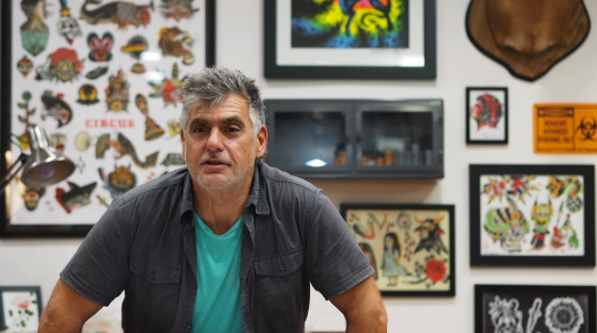
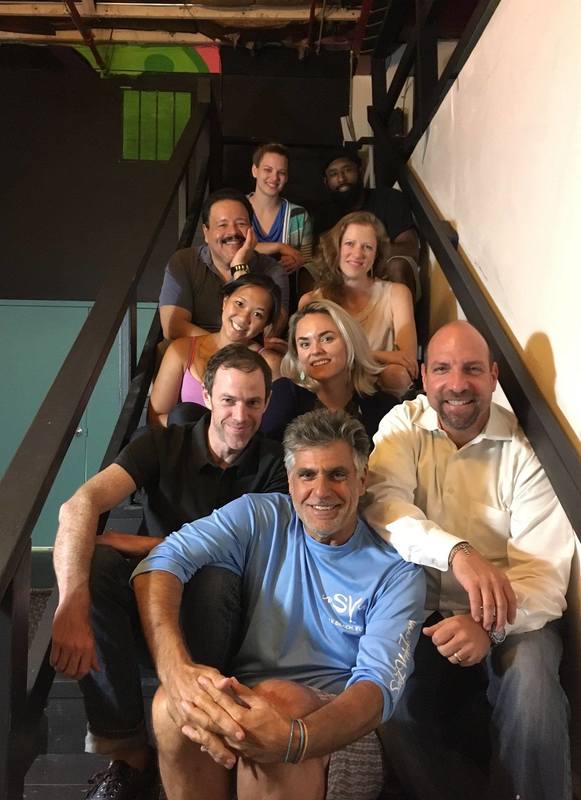
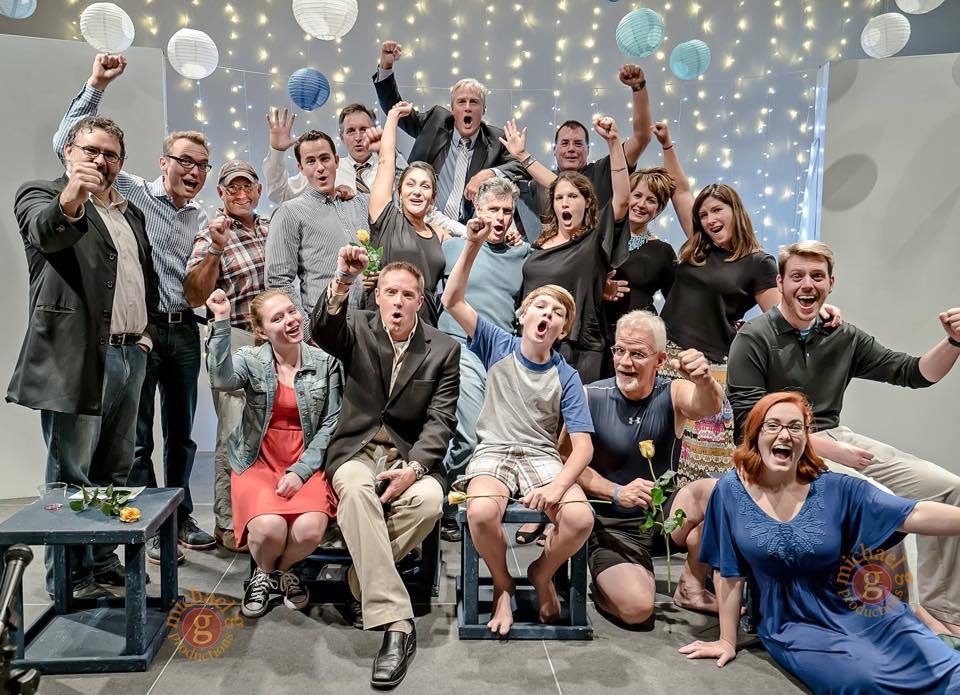
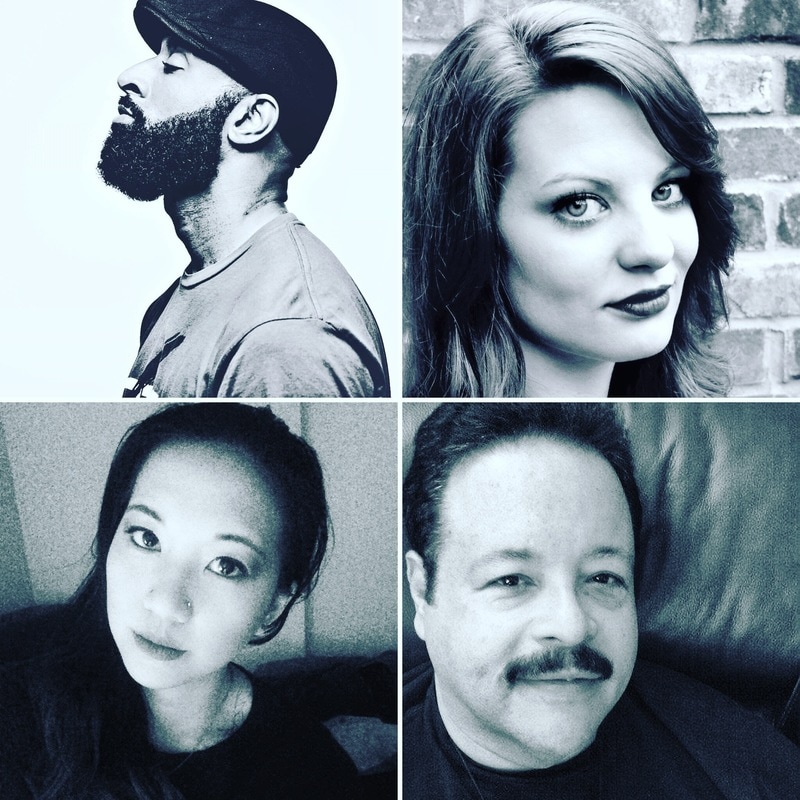
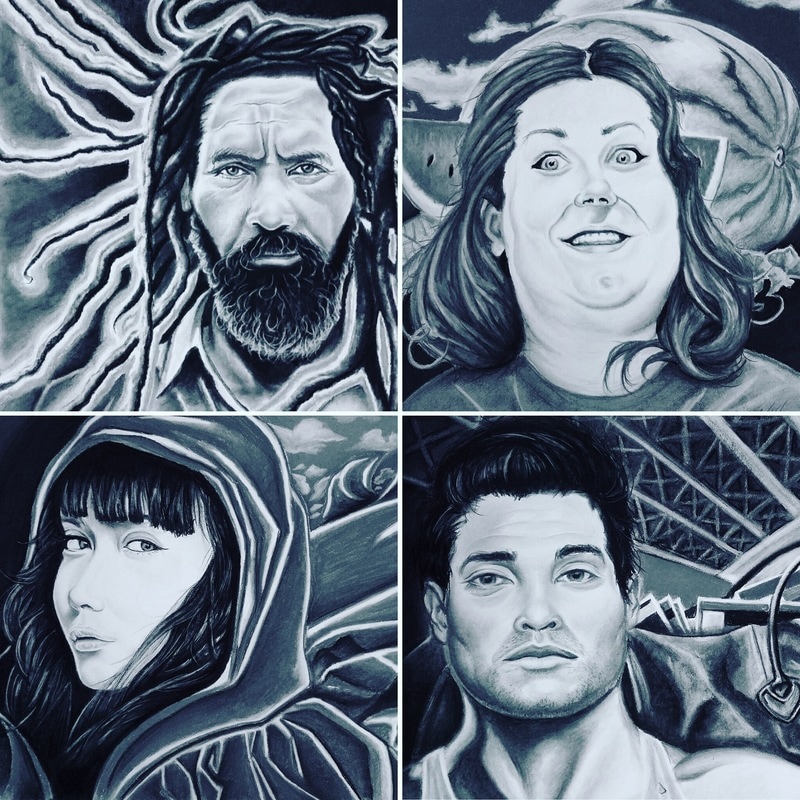
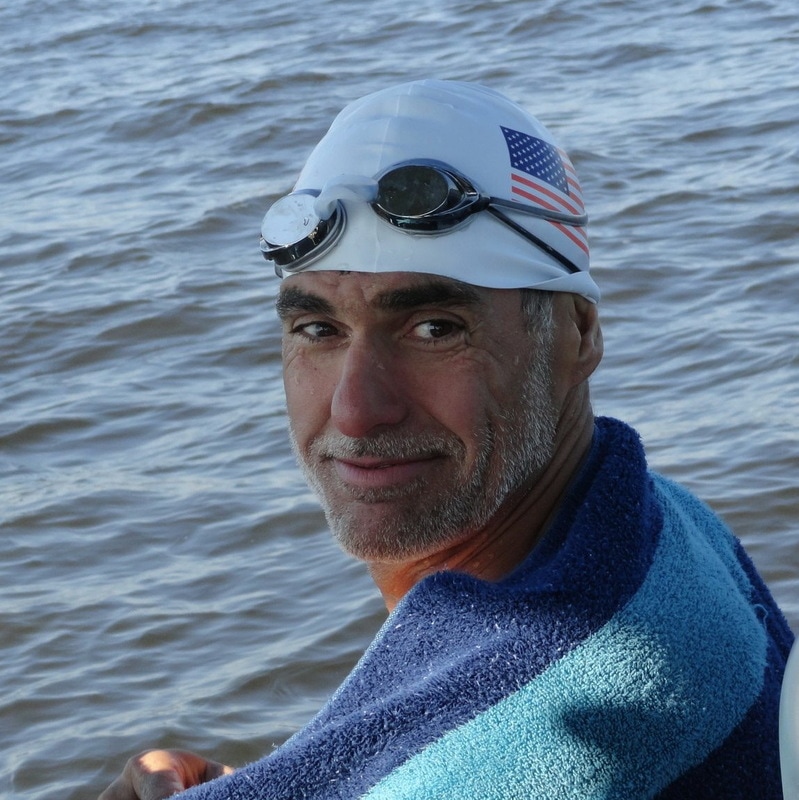
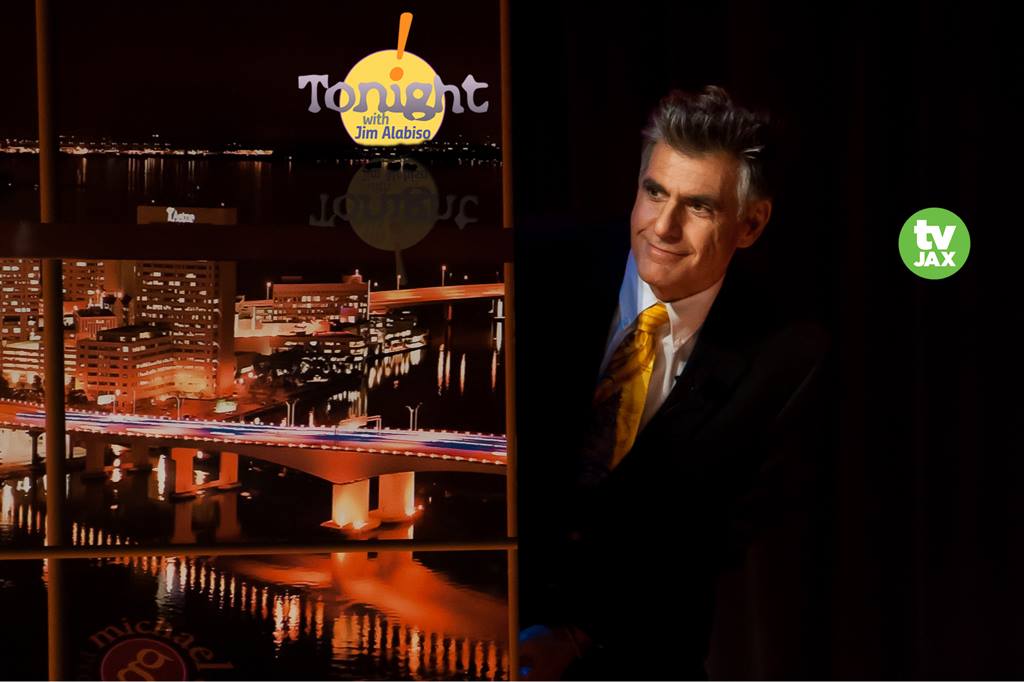
 RSS Feed
RSS Feed
